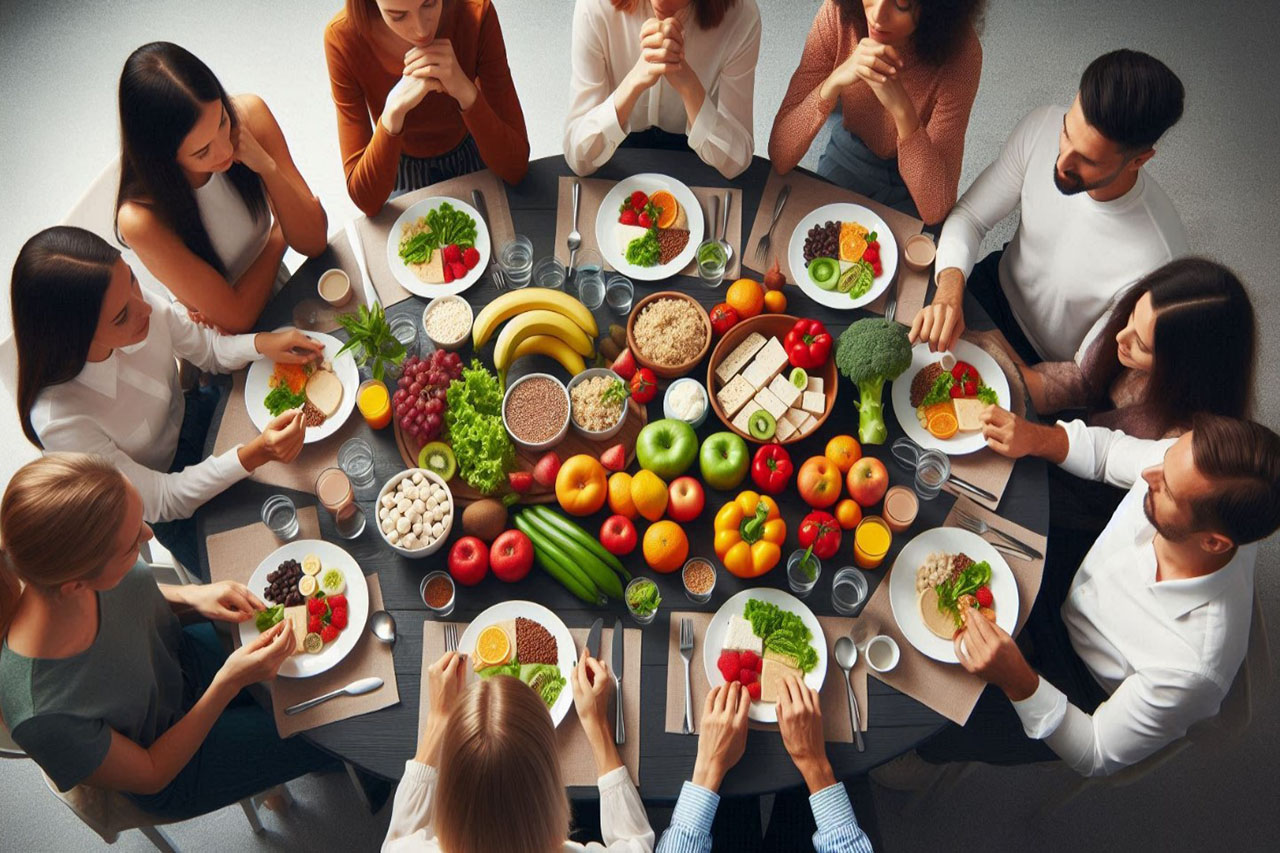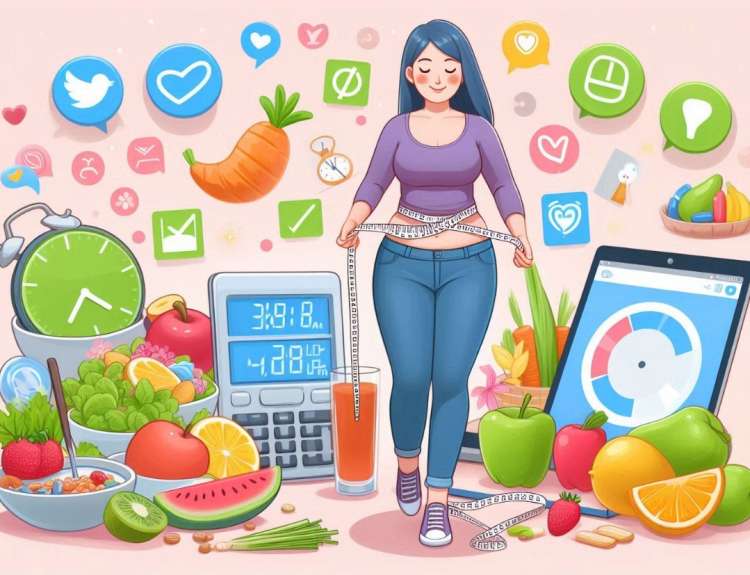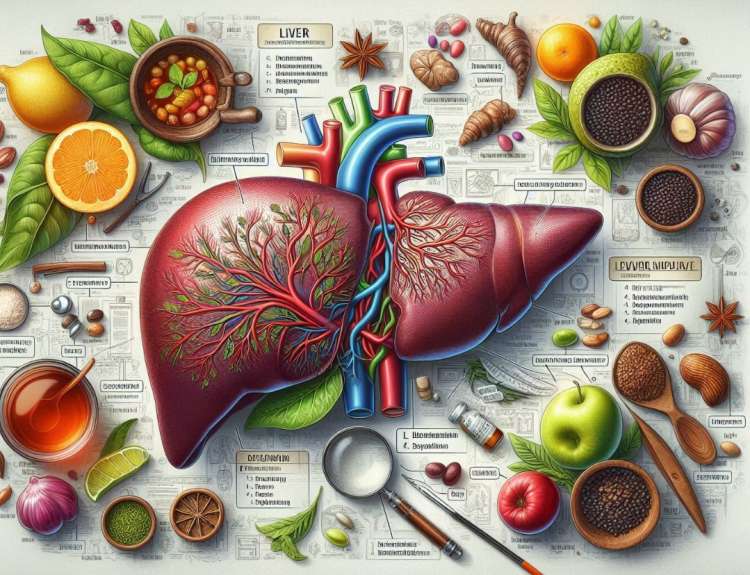Hey there! So, you’re curious about low protein foods? That’s awesome! Whether you’re exploring dietary options due to health reasons, personal choice, or just plain curiosity, understanding low protein foods can be super beneficial. For some folks—like those maintaining kidney health—a low protein diet can make all the difference. But no worries if that’s not you; there are plenty of interesting facts and food ideas here for everyone![/vc_column_text][/vc_column][/vc_row]
What Are Low Protein Foods?
Low protein foods are just what they sound like—foods that contain minimal amounts of protein. Typically, this means foods containing less than 5 grams of protein per serving. These foods are often chosen by individuals who want to balance their protein intake for various health reasons. It’s fascinating how our dietary choices can affect our health, isn’t it?
Benefits of Low Protein Diets
You may wonder, “Why would anyone want low protein foods?” Well, several reasons can come into play here:
- Managing kidney health: For individuals with kidney issues, lowering protein intake can relieve some strain on these vital organs.
- Support for certain medical conditions: Conditions like liver disease may require a controlled protein intake too.
- Weight management: Low protein foods can help create a calorie deficit while still being filling, aiding in weight loss.
Low Protein Vegetables
Vegetables are a fantastic addition to any diet, especially low protein varieties. Here’s a list of vegetables that are low in protein:
- Cucumbers: These crunchy delights have about 0.7 grams of protein per cup.
- Zucchini: A versatile veggie that packs roughly 1.2 grams of protein per cup.
- Radishes: With only 0.9 grams per cup, radishes add a nice kick to your salads!
Incorporate these into your meals as salads, stir-fries, or simply enjoy them raw with a tuna sandwich substitute!
Low Protein Fruits
Let’s get fruity! Many fruits are naturally low in protein too. Check out these options:
- Watermelon: Sweet, hydrating, and just 0.5 grams of protein per cup.
- Strawberries: A popular favorite with only about 0.7 grams of protein in a cup.
- Oranges: Your zesty snack, coming in at roughly 1.2 grams per fruit.
Try blending a smoothie or tossing a fruit salad for a refreshing treat!
Low Protein Grains and Cereals
Grains can be tricky, but there are definitely low protein options out there. Here are some grains that fit the bill:
- White rice: A staple in many diets, it’s about 4.3 grams of protein per cooked cup.
- Cornmeal: This versatile grain has around 2.5 grams of protein per quarter cup.
- Polenta: At about 1 gram of protein per slice, you can get creative with this one!
You can enjoy these grains as side dishes or in main courses for a filling yet low protein option.
Dairy Alternatives That Are Low in Protein
Dairy lovers, listen up! You may worry about missing out on dairy if you’re watching your protein. Luckily, there are alternatives:
- Coconut milk: A creamy option with about 0.5 grams of protein per cup.
- Almond milk: Another popular choice with roughly 1 gram of protein per cup.
- Rice milk: Similar to almond milk in protein content, just 1 gram per cup.
These can be used in smoothies or over your favorite cereals without the high protein content.
Low Protein Snacks
Searching for snacks that won’t bump your protein levels? Look no further! Here are a few low protein snack ideas:
- Rice cakes: Crisp, airy, and roughly 0.5 grams of protein per cake.
- Popcorn: A bowl of air-popped popcorn has about 1 gram of protein per 3 cups!
- Veggie sticks with hummus: Carrots and cucumbers provide crunch with minimal protein.
Feel free to mix and match—you’ve got lots of tasty options!
Low Protein Legumes and Beans
Now, legumes and beans are typically protein-packed, but some options have lower protein counts:
- Chickpeas (boiled): They come in at about 5 grams of protein per half-cup, so enjoy in moderation.
- Green peas: Offering around 4 grams of protein in a half-cup serving, they can fit seamlessly into a variety of dishes.
These legumes can be cooked up for soups or added to salads for substance without going overboard on protein.
Herbs and Spices with Minimal Protein
Don’t forget about flavor! Introducing herbs and spices can bring life to your meals without adding significant protein. Here are a few:
- Basil
- Cilantro
- Oregano
These herbs not only make meals tastier but are virtually protein-free. Add them generously to your dishes for a hit of flavor!
Low Protein Condiments
Let’s talk condiments! There are plenty that won’t mess with your protein numbers:
- Vinegar (all types)
- Mustard
- Pickles
These options can elevate your meals. Just be cautious with sauces that might include hidden protein!
Alcohol and Low Protein Options
Even your drink choices can align with a lower protein diet! Here are some options:
- Wine: Most wines hold less than 1 gram of protein per glass.
- Light beers: Typically around 1 gram of protein each.
- Hard seltzers: Often marketed as low-calorie may also have minimal protein.
Enjoy responsibly while remaining mindful of your overall intake!
Sample Meal Plan for a Low Protein Diet
Creating a day’s worth of meals focusing on low protein can be super straightforward! Here’s an example plan:
- Snack: Rice cakes with a bit of jam.
- Lunch: Salad with lettuce, cucumbers, and olive oil dressing.
- Snack: Air-popped popcorn seasoned lightly.
- Dinner: White rice with sautéed zucchini and herbs.
Easy-peasy, right? It’s all about balance and creativity!
Common Myths About Low Protein Diets
We’ve all heard the myths swirling around diets. Here’s the deal:
- Myth: Low protein means you won’t get enough nutrients.
- Fact: You can still meet your nutritional needs with thoughtful food choices.
- Myth: Low protein diets lead to muscle loss.
- Fact: It depends on overall intake and individual health needs!
Stay informed; knowledge is power on your dietary journey!
Conclusion
Navigating the world of low protein foods can seem daunting, but it’s completely doable! By considering your dietary choices carefully, you can whip up delicious meals and snacks that support your health. Here’s to exploring all those incredible low protein foods out there!
FAQs
- What are some good low protein snacks?
- Some options include rice cakes, veggie sticks, and air-popped popcorn.
- Are low protein diets safe?
- Yes, but it’s important to consult a doctor or nutritionist to tailor the diet to your individual needs.
- Can low protein foods still provide energy?
- Absolutely! Carbohydrates and fats from other food sources can provide the necessary energy.
- How do I know if I’m getting enough nutrients on a low protein diet?
- Keeping a balanced intake of fruits, vegetables, fats, and carbohydrates will help, but consulting with a dietitian can give you personalized insight.
- Can you gain weight on a low protein diet?
- Yes, weight gain is possible if caloric intake exceeds expenditures, so it’s all about balance!





